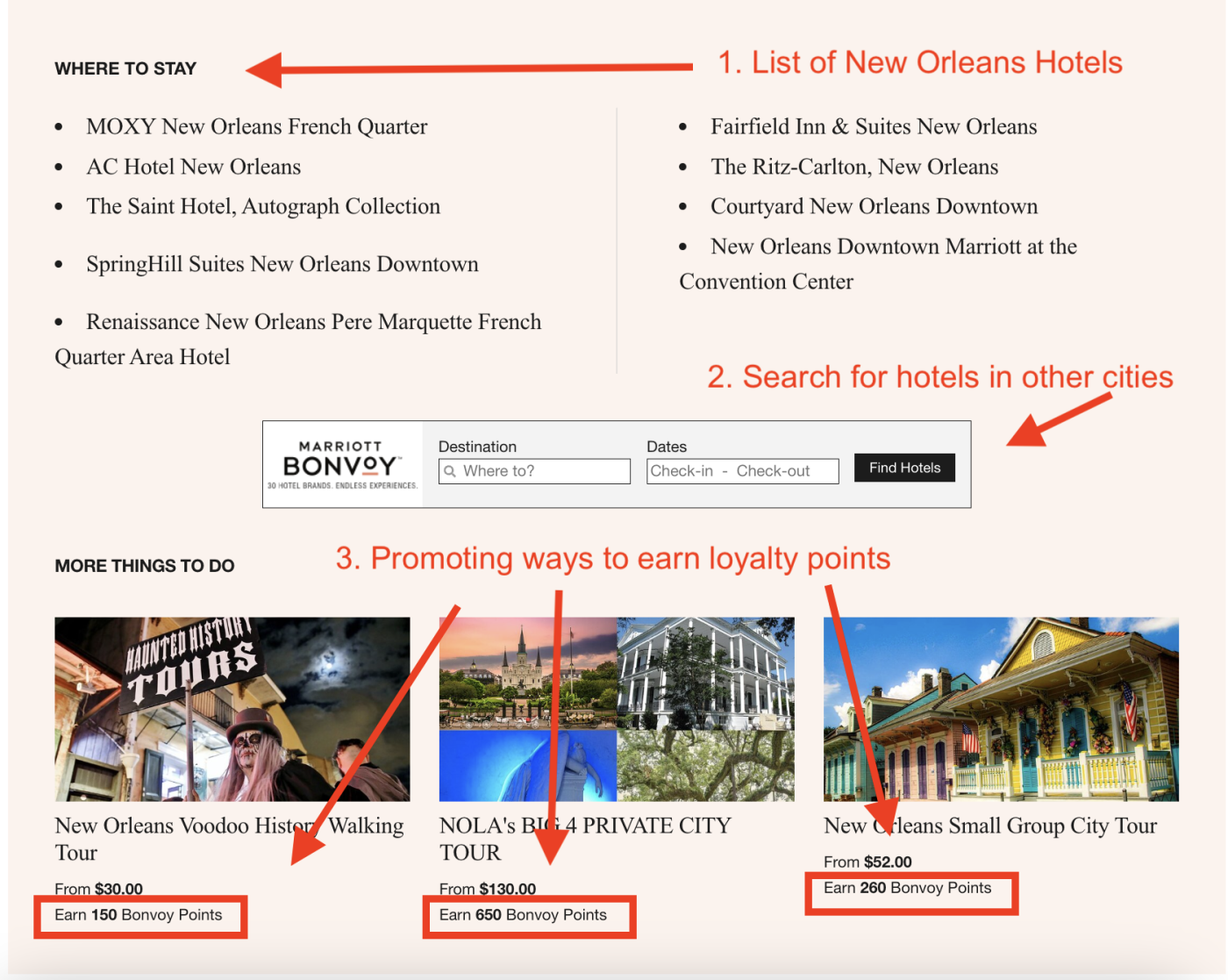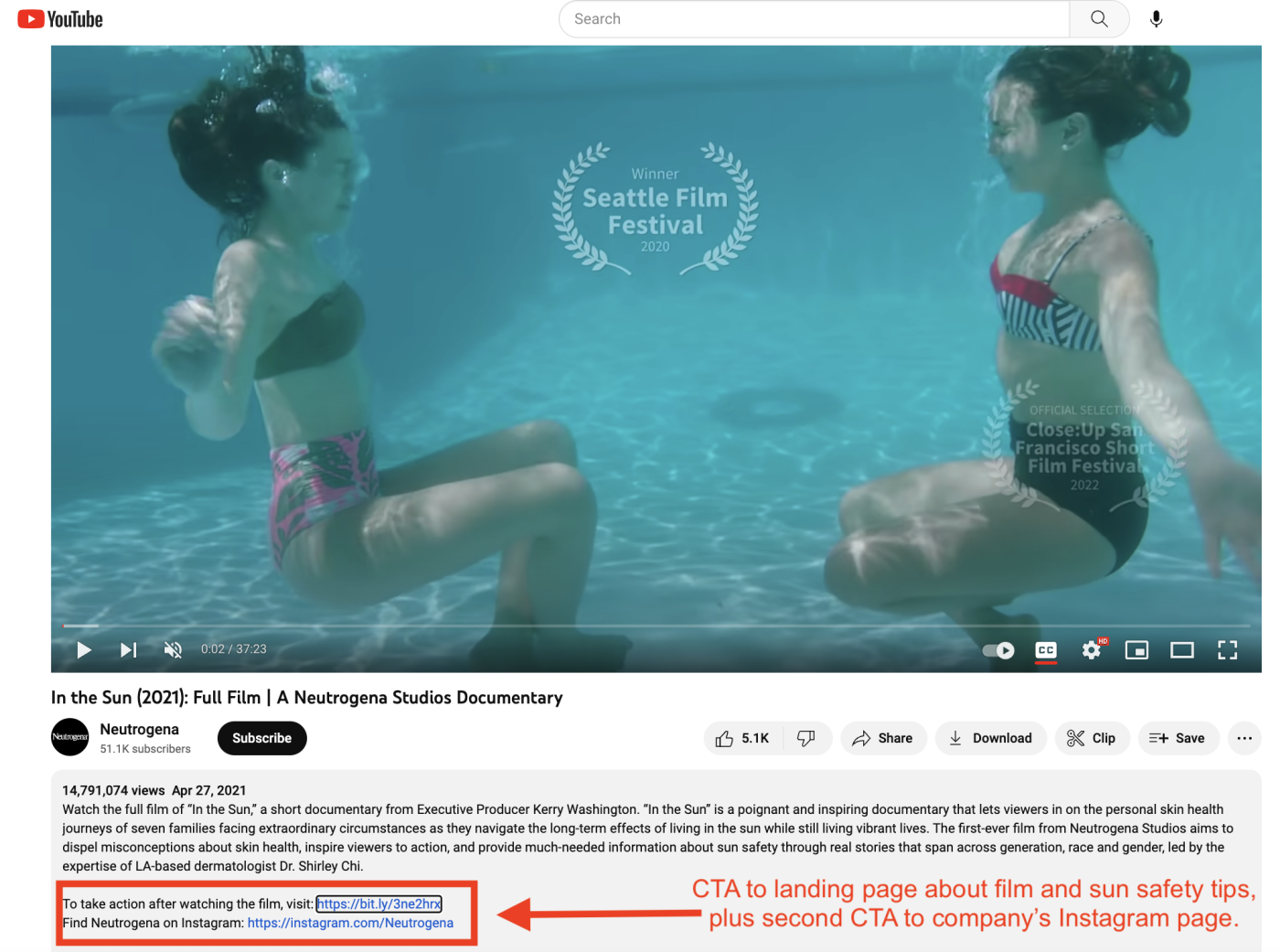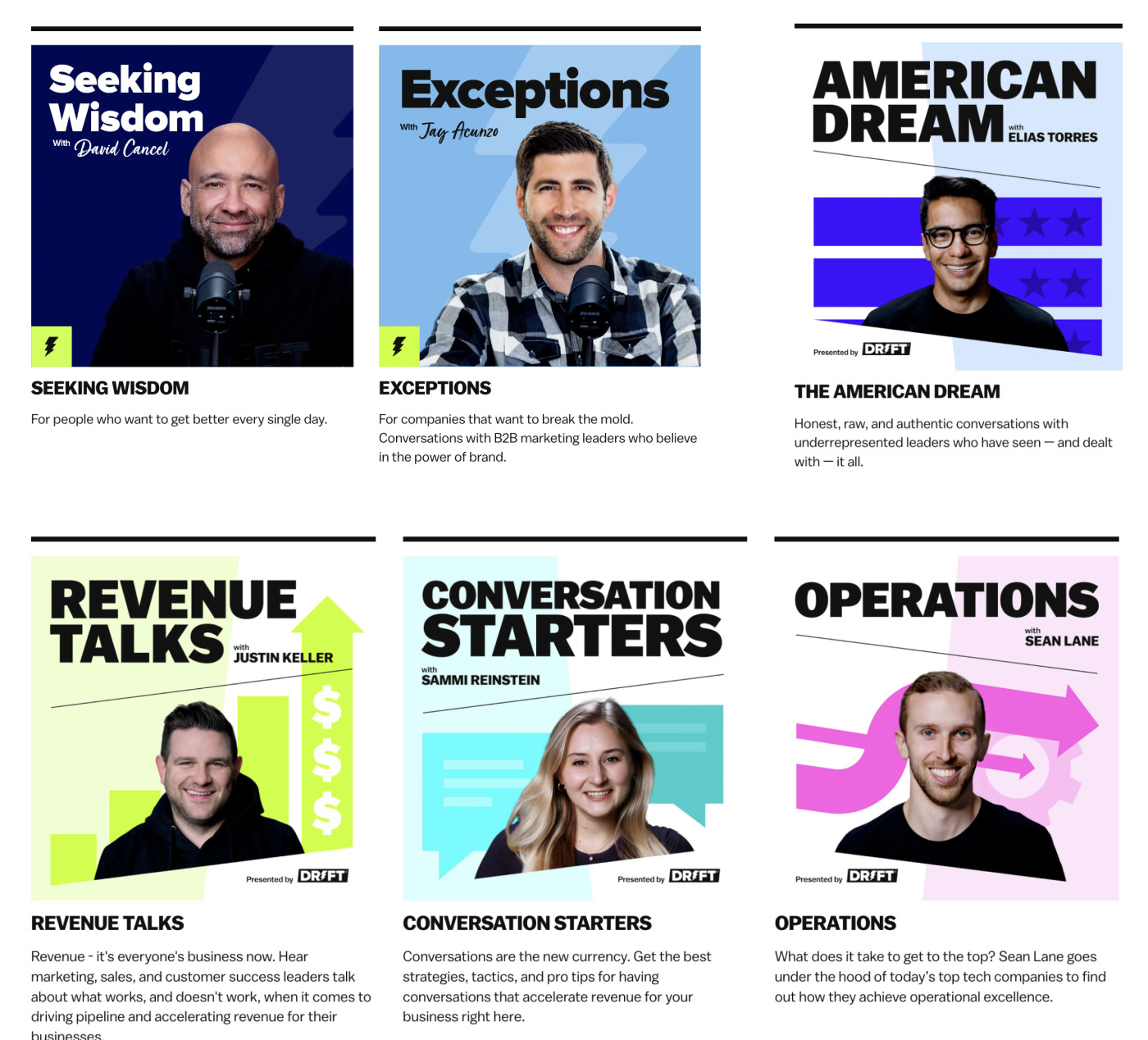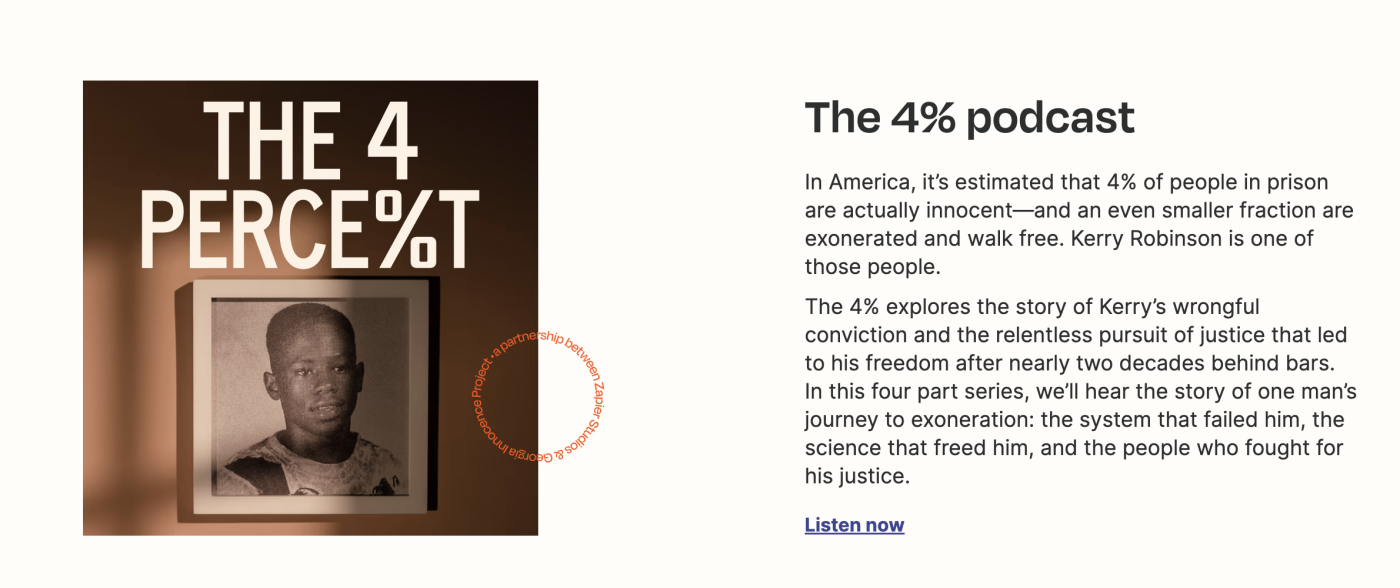The common guiding principle for content marketing is providing the right content to the right people at the right time. I agree, but I also like to look at it from a different perspective. My three principles for content are:
Never waste the reader's time. (You're welcome.)
Always be relevant.
If you can't be relevant, at least be interesting.
Brand journalism is a content marketing strategy that leans into what "be interesting" means to your target audience by defining "relevant" broadly. Not every bit of content has to apply to the pain points your company solves or benefits it provides.
What is brand journalism?
Brand journalism is media-style content published by a company. It follows forms of journalism through use of third-party interviews and external expert analysis, researched or reported news, and feature stories.
There are two strains of brand journalism:
Corporate journalism or corporate media tells the brand's stories. The brand could explicitly be the story's focus: behind-the-scenes stories, employee or customer profiles, or any story type that could also qualify as a media feature. The brand might be further in the background when telling stories that reinforce its commitment to the brand values. Corporate journalism is about providing transparency into the company and its brand.
Brand journalism, in contrast, isn't about the brand, company, products, or its people. Its focus is on its industry and closely-related topics of interest to the people in it. Brand journalism is a content channel for news, analysis, and features as a service to its audience. (Yes, I know this subset of brand journalism should not also be called "brand journalism," but it is. Assume that when I use "brand journalism" below, I'm talking about both forms unless I say otherwise.)
Both strains of brand journalism share the strategic goals of attracting and keeping attention. The tactical goal is to get loyal readers who include the company's journalism in their regular media diet. We all have our favorite websites we visit daily or weekly to read the latest hard news, celebrity buzz, or just interesting stuff. Companies use brand journalism to get their presence into that mix.
Brand journalism vs. content marketing
Whether brand journalism qualifies as a subset of content marketing is unimportant. What's important is how it differs from traditional content marketing. Its purpose isn't to answer questions or address pain points related to the solution your product or service provides. There's no "make the content actionable" imperative in brand journalism. People may learn lessons from it or get inspired by it, but brand journalism is more concerned with telling a good story or keeping people updated on industry news than providing actionable guidance.
Let's look at an example. American Express has a branded blog, Business Class, that publishes content to help small and medium business owners.

Much of the content fits the traditional mold of educational content, like this article. "How to Calculate Markup and Margin." But the Business Class blog also includes brand journalism content as a podcast, "The Next Chapter," which is a series of interviews with outside experts and successful business owners.
Not only does brand journalism not focus on giving readers actionable takeaways, but it also doesn't have the call-to-action that's fundamental to content marketing. Because corporate journalism is about the brand, it has leeway to be more salesy than brand journalism—but it still takes a lighter touch than a traditional CTA.
Two of Marriott International's branded digital publications provide a good comparison.
Its Ritz Carlton brand has a travel magazine called The Journey. This article, "The Top Things to Eat, Gram & Do in Budapest," is a feature story that follows a business owner and social media influencer on her trip to Budapest. Besides suggesting popular sites like Buda Palace or Hungary's parliament building, it also unsurprisingly suggests visits to the hotel's spa and restaurants.
The Bonvoy brand also has a digital travel magazine, Traveler. The articles on this site don't include direct promotion of Marriott properties or services. They're like travel articles you'd read on an independent travel site. For example, "Discover New Orleans, Neighborhood by Neighborhood" doesn't include any references to Bonvoy, its properties, or its services. But there is promotional and CTA content surrounding the article. Here's an image of the box right below the end of the New Orleans article.

Last, brand journalism is not placed media. In fact, one benefit of brand journalism is that the company has complete editorial control. It doesn't need to rely on external publication editors to accept their pitches for a story. If the brand wants to tell a story, it can publish it itself. (It's often called owned media for this reason.)
Brand journalism doesn't replace PR-pitched and placed stories in more traditional platforms, which remains a valuable tool. It's just an alternative means that lets you publish a lot more content than you could ever place elsewhere.
Where do companies publish their brand journalism?
Companies often publish brand and corporate journalism on their own platforms, either as a separate, branded digital publication or within their regular company blog.
Bluebeam, a construction software company, publishes a digital magazine called Built (disclosure: I'm a contributor). It provides news and features for the architecture, engineering, and construction (AEC) industries, but there's no sales content beyond a sitemap in the webpage footer.

You can also publish brand journalism content on your existing company blog. Lockton, an insurance broker, publishes a mix of traditional blog content, corporate journalism, and brand journalism, all on its company blog.

Or you can produce brand journalism in the form of videos or podcasts. Neutrogena launched its own production studio where it produces short films like In the Sun, a documentary "on the personal skin health journeys of seven families" and sun safety. The company publishes those films on its YouTube channel, where it also promotes related content.

Drift, a cloud-based marketing platform, hosts a hefty lineup of podcasts covering business and personal growth issues.

And you can even go old school and send out high-gloss print magazines. Red Bull publishes a digital and hard copy of The Red Bulletin.
Brand Journalism vs. traditional journalism
This isn't hard-hitting, undercover investigative journalism here. Corporate and brand journalism can be coverage of a hard news story that's in the mainstream press and how it affects the industry or market. But it won't be breaking that story.
However, objectivity in brand journalism bolsters its value to the readers and the authority of the brand as a reliable source. Even corporate journalism, which covers the company, can take an objective eye once in a while. Not every corporate story has to be uplifting and flattering. For example, sharing a behind-the-scenes look at how the company took a major misstep could contribute to the sense of authenticity for the brand.
The company or writer can show a point-of-view in analysis and feature articles. The company can certainly align brand journalism themes to a specific interest for the organization, much like magazines have editorial themes for different issues. Here's a collection of headlines from Bluebeam's Built blog during the National Association of Women in Construction's annual "Women in Construction" week:

Having said that, there are a couple key ways brand journalism should adhere to the spirit of traditional journalistic ethics:
Don't build a separate media platform that doesn't clearly disclose that it's owned and operated by the brand.
Don't make stuff up.
5 reasons to publish brand journalism content
The link between brand journalism content and sales will not be clear or easily attributable. You can measure traffic and engagement, but brand journalism is a long-haul, net-benefit strategy. Here are five benefits of brand journalism:
1. Build brand awareness
Brand journalism content attracts new people to an owned digital property where they can discover additional, more traditional content marketing material.
Because it can cover a topic of wide interest, there's also high potential for broader sharing both through social media promotion, distribution agreements, or getting picked up by other media sites that need to feed their content machine. As an example, This article on alternatives to doomscrolling, originally published on the Zapier blog, was picked up and published by Fast Company with clear attribution back to the Zapier blog. (You can also choose to re-publish brand journalism content on other platforms as sponsored content.)
2. Build brand loyalty
The information-rich content serves your existing customers and reinforces your value, which strengthens your relationship.
3. Improve brand image and likeability
People buy from people they like. Corporate journalism in particular helps raise your company's likeability factor by humanizing your employees and your customers. Even the more neutral side of brand journalism positions your company as curious and sharing. It all helps inspire positive feelings toward your company.
4. Demonstrate authenticity of your brand values
Brand journalism provides an opportunity for you to share feature stories that manifest your brand values. For example, Zapier Studios launched a limited series podcast in partnership with the Georgia Innocence Project to highlight the great work that its customers are doing.

5. Fortify your brand's authority
Thought leadership analysis and industry news-reporting do the heavy lifting here. You can use it to become a trusted trade publication for your industry.
Attention is currency
Sometimes, people just want to read an interesting story or learn something new. Why shouldn't your brand get some of that attention? Brand journalism is an excellent strategy to expand the valuable content you can produce to attract, engage, and strengthen relationships.
HubSpot jump-started its brand journalism channel when it bought an existing digital media property, The Hustle. Even with its diverse array of blogs, HubSpot explains the content gap that The Hustle fills:
"The problem with [product and services content] model is that you're not only battling other competitors for that attention; you're competing against every site that publishes informative videos, the latest trends, and educational content that serves the needs of their audiences."
Since attention is currency, having an outlet for infinite creativity that encourages regular visits to your brand's digital properties in a noisy media landscape is a high-return proposition.
Related content:





